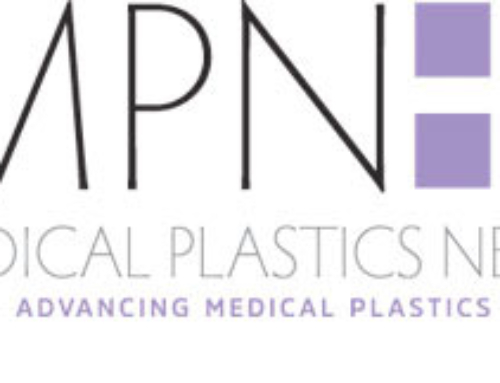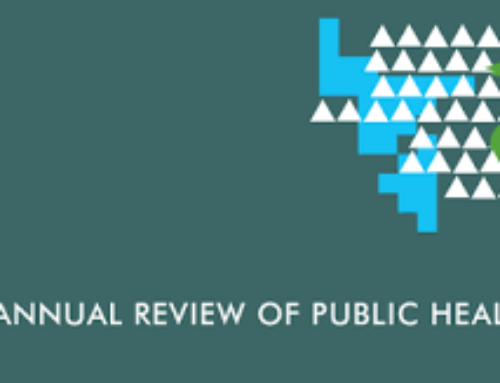Environmental protection and stewardship are rapidly rising to the top of the corporate agenda and medical device businesses are no exception. The healthcare sectors of the United States, Australia, Canada, and England combined emit an estimated 748 million metric tons of greenhouse gases each year, an output greater than the carbon emissions of all but six nations worldwide. In order to curb this situation various European standards have been introduced.
The Waste Electrical and Electronic Equipment (WEEE); Restriction on Hazardous Substances (RoHS); Registration, Evaluation, and Authorisation of Chemicals (REACH) and the Energy Using Products (EuP) regulations have all significantly altered manufacturing processes, specific labelling, compliance with disposal restrictions, and creation of instructions for end-of-life management and recycling.
At the moment many medical devices are currently exempt from these regulations but several directives, including RoHS and WEEE, are in the process of being reviewed and could be applicable in future. This is especially relevant for devices that are ‘connected’ and have a digital monitoring component which then brings them under the regulatory purview of authorities that govern devices with electronic components.
Visit Healthcareglobal.com for the full article.









